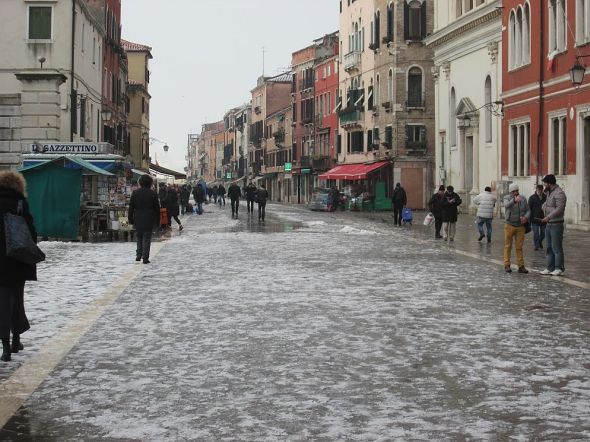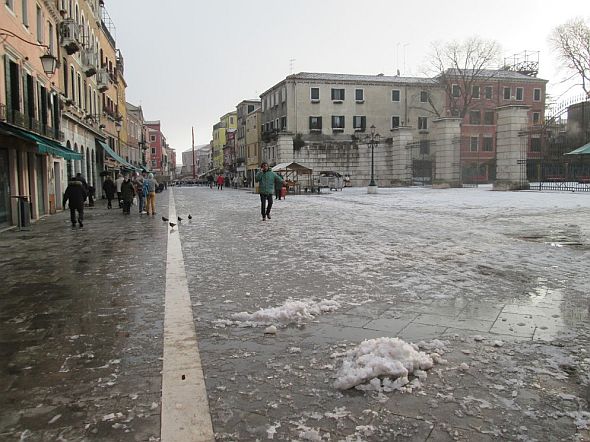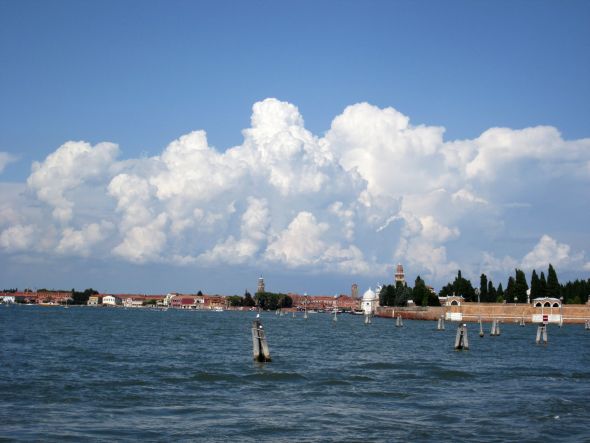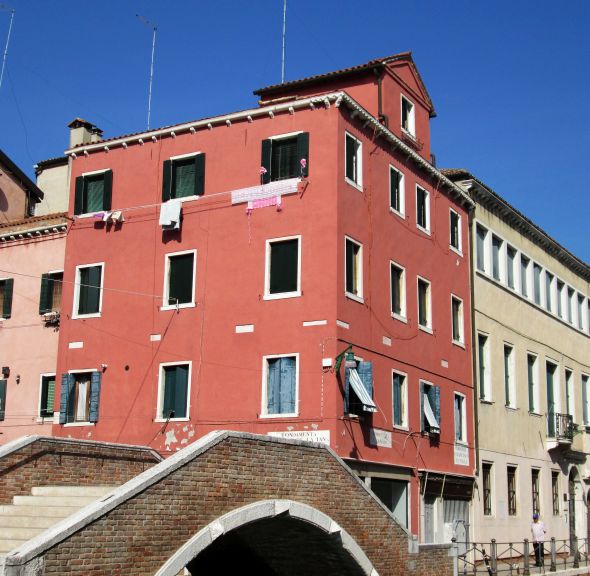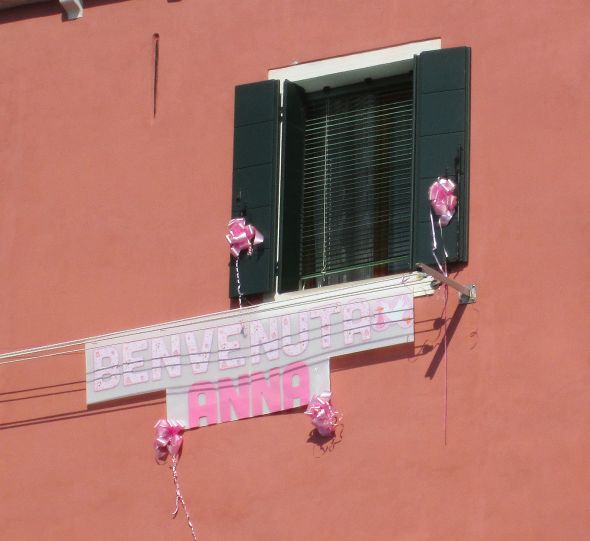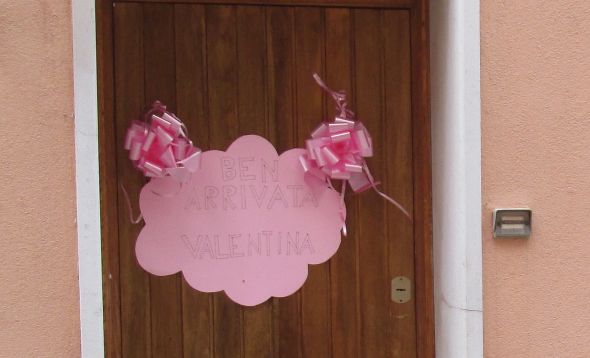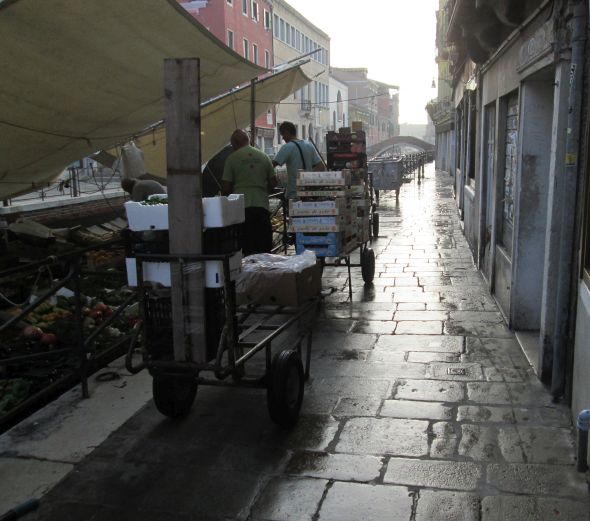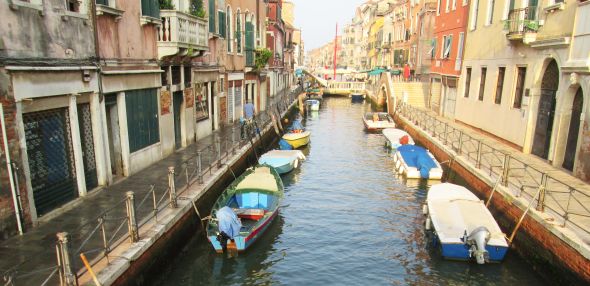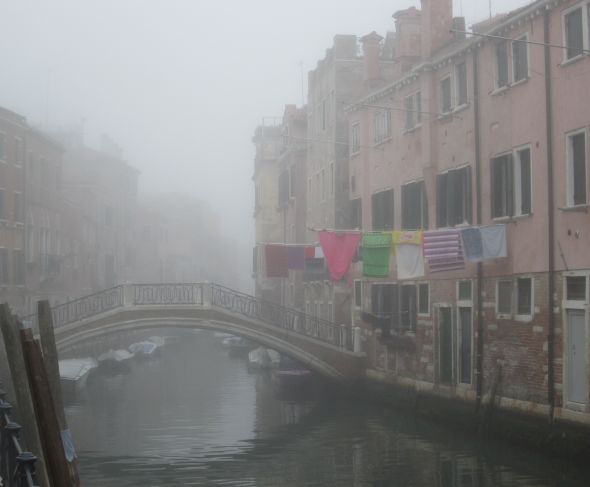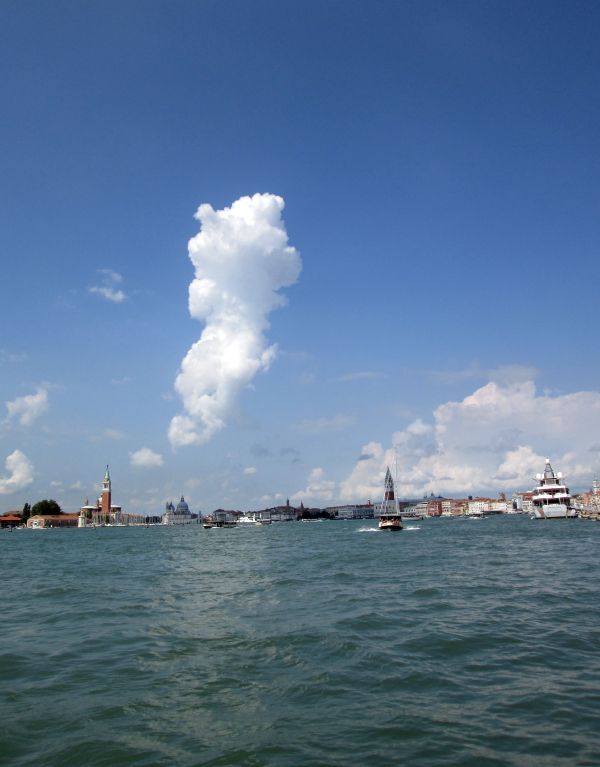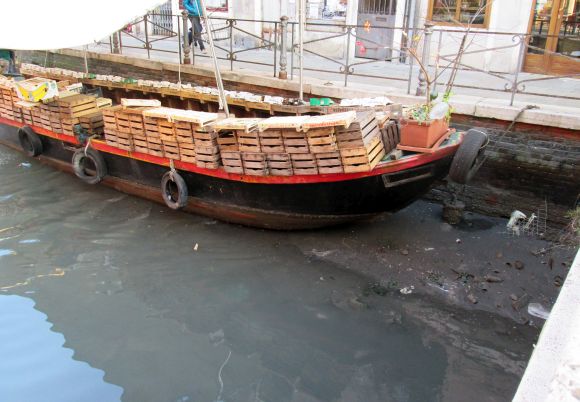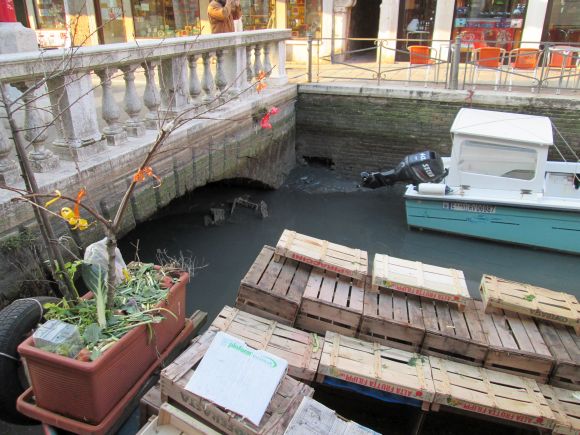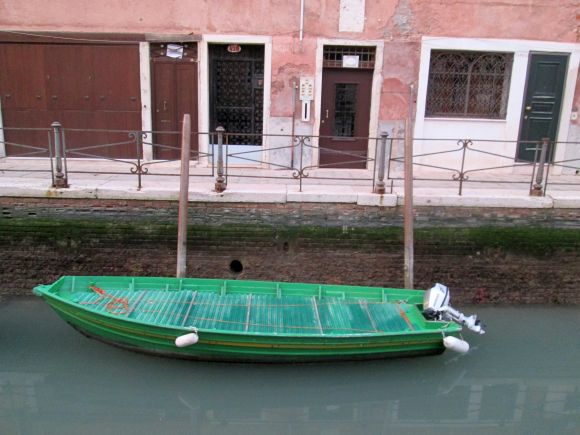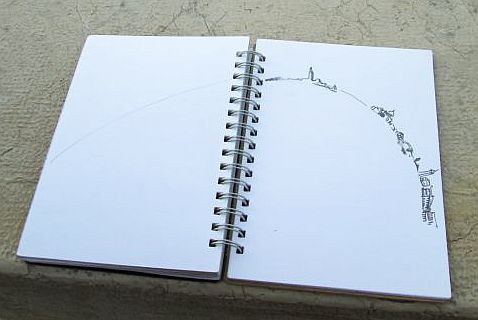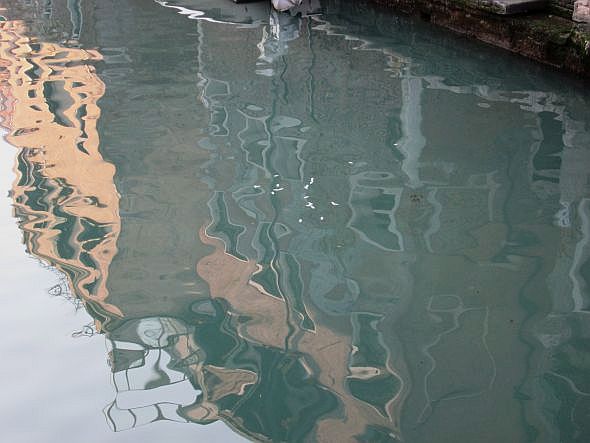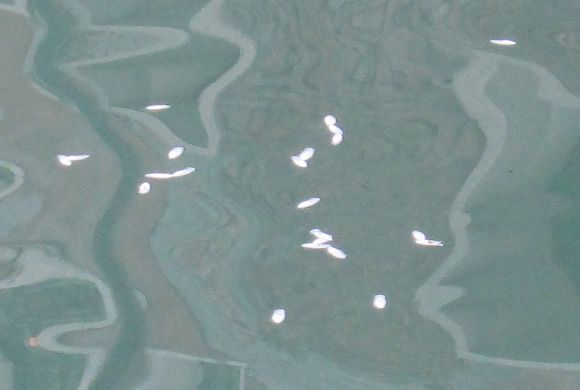
Several thoughtful friends and readers sent me a link to a recent article in the New York Times, just the latest in an endless, repetitive series of articles that bewail the imminent degradation of Venice to the level of Disneyland. https://www.nytimes.com/2017/08/02/world/europe/venice-italy-tourist-invasion.html?action=click&contentCollection=Opinion&module=Trending&version=Full®ion=Marginalia&pgtype=article
Me, I have to say that this is a slur on Disneyland, where the behavior and the trash which are inescapable here would never be tolerated in Orlando or Anaheim (or Paris, I guess). I’ve often thought that running Venice like Disneyland might actually be a good thing. But I realize that the comparison is intended to contrast something “real” (Venice) to something “phony, pretend, not real” (Disneyland).
I thought the New York Times published news, but this is not news! It must have been a slow news day (remember those?) because they might as well have published a story revealing that water runs downhill. This subject comes up at least once a year — it’s part of a squad of topics that are as predictable as the tide. Motondoso is another (one or two blitzes a year, many fines, much outrage, everything goes back to the way it was), as is pickpocketing, and brawls involving assorted illegal vendors, and corrupt city councilors, and matricidal sons with histories of mental illness, and also that the city has no money.
Back to Venice as Disneyland, which is code for “daily pillaging and sacking by barbaric hordes of unspeakable tourists.” This happens in the summer, of course, which is when tourists go on vacation, and when it’s hot an irresistible desire wells up in your tourist to soak his/her feet in the canals and also to jump off bridges. IT HAPPENS EVERY YEAR, PEOPLE.
I am not excusing it, but I do want to mention a few things which are not the result of outrage fatigue (though there may be some of that).
One is that Venice is not unique, at least in this regard. The most superficial exploration online reveals that the same imbeciles, or their cretinous relatives, go to Florence and Rome and do stupid things and damage monuments there too. I don’t know if anyone jumps off the Ponte Vecchio, but I wouldn’t be surprised. Maybe this behavior is somehow more objectionable in the Venetian setting than historic cities inland, but that makes no sense.
Clearly these tourists are not visiting irreplaceable cities with incalculable value in the history of the world. They are on vacation and aren’t at home, their parents are nowhere to be seen and they can drink all they want to. Even if these tourists were in Ulaanbaatar or Rancho Cucamonga, I would be willing to bet they’d be drinking and doing stupid things. As for loutish tourists who are adults, I cannot find any excuse for them. At all. If you don’t know that walking around half-naked and leaving your trash on windowsills is ugly, I can’t help you.
The most obvious solution would be to turn Venice into Singapore-on-the-lagoon. Let’s place five policemen with truncheons on every corner (hm — how many corners does Venice have? That would be a research project for the next time we’re snowed in). No disrespect meant to Singapore.
But even if all those policemen were to exist, which they don’t, the city is not capable of or interested in dealing with these masses of tourists, regardless of age. Stories written in high dudgeon come out every single year about the slobs and their antics, but by that time it’s too late.
There have occasionally been neatly dressed squads of multilingual young people — the “decorum” agents — fanning out around the Piazza San Marco to intervene in cases of nasty and brutish behavior. But this year they only began their work a few days ago. We’ve already had two full months of summer and you wait till August to bring them on? That’s kind of crazy.

My second point is that “tourists” is too general a term to be useful. Sure there are plenty of revolting ones, but I see a good number of tourists in via Garibaldi who have undoubtedly come to see the Biennale, and many of them are dressed really well. Some of them really well. I like them, so I guess that means they don’t count as “tourists” in the New York Times sense. And, may I also say, I see plenty of Venetian men and boys (also girls and women, to be fair) in the summer in our zone that look and dress like they’ve just been rescued from the rubble — the same scuzzy tank tops and skeezy shorts and crappy crocs and everything else that makes those terrible tourists so objectionable. But that’s okay because they’re Us and not Them? Just asking.
What about the tourists who do not mill around in massive droves and provide dramatic photos that make the world shudder, but who stand on the vaporetto dock smack-dab in front of the exit area, making it impossible for all the people on the boat who want to disembark to actually get off? Can we get policemen to deal with them? Or the suddenly oblivious tourists in the supermarket who leave their just-emptied shopping trolley literally at your feet at the check-out counter? Do they do that back home in Braunschweig or Rostov-on-Don, or is it just that old Venetian magic that makes them act like they’ve never been out of the house? Let’s get policemen to deal with them too! My point is that if everybody who comes here wants to behave as if they’d never heard of common sense, much less minimal manners, how many policemen will we need? And the real question, which will never be answered, is why do they act that way?
On the other hand, let’s look for a minute at the much-maligned day-trippers, who I see at 4:30 PM along the Riva degli Schivoni, huddled, sweating, exhausted, waiting to board the big launch back to wherever they came from, scrunched onto church steps in order to sit for a minute or clustered in nearby calli where they can have at least a shard of shade. There are plenty of tourists here that I feel really sorry for, because basically the city has given them a jumbo-sized “Just suck it up!”
I act like I’ve read the article, but I just skimmed it with half-closed eyes because these articles are always sprinkled with misstatements and half-truths, and drone on about the same problems which are never resolved, thereby rendering the droning pretty much useless. One such half- (actually quarter-) truth is found in the caption of the Times’s photo showing the young woman with the police. It states with refreshing fervor that the feast of the Redentore is “one weekend of the year when Venetians take back their city.” Well, not really. Before a journalist starts patting the Venetians on the back for somehow briefly escaping the clutches of all those tourists, he or she should know that about 90 percent of the festivizers are not Venetian.
Nope, sorry. They might be Italian, and many are from the Veneto, but they’re still tourists; some come up the lagoon from Pellestrina and Chioggia in their big fishing boats, but most of the big motorboats are carrying people from the hinterland who come down the rivers from Padova and Treviso and all around the lagoon but who are definitely not Venetians.
Furthermore, the past few years has seen a terrific increase in enormous party boats which provide the ride, dinner, and deafening disco music to hundreds of passengers. I don’t know who they are, but I’m pretty sure they’re not Venetians. Some dauntless Venetians are still willing to risk their lives in their smaller boats, with or without motors, because it’s lovely to float around for the fireworks, but they know that after the grand finale this flotilla of hundreds-of-horsepower motorboats of all sizes will head out at high speed, in the dark, driven by people who have been drinking who pretty much don’t know the area.
Excuse me for going on about this, but that photo caption needed correction. In our neighborhood, and at Sant’ Elena, many Venetians now eat the Redentore dinner at home, or on tables set up outside, then watch the fireworks from the fondamenta. I don’t think that qualifies as “taking back” their city. We used to love to go out in our boat, but we can’t anymore because we want to survive the night which has been taken away from us by non-Venetians. And by the look of it, it’s never coming back. Who am I supposed to blame this time?





